Table of Contents
From small bench studios to global fashion houses, the jewelry world is being asked a hard question: where did that gem come from, and who paid the price? Understanding sustainable gemstone sourcing is no longer optional; it’s part of doing transparent, future‑proof business. In this guide, we'll talk about the core issues related to this industry - ethical sourcing of gemstones, mine‑to‑market standards, environmental footprints, labor rights, and the certifications that keep everyone honest, so makers and buyers can choose gems with a clear conscience.
1. What Is Ethical Gemstone Sourcing?
Firstly, as the term suggests - it's sourcing of gemstones in an ethical manner, but why ethical? What was the need? See, we can't deny that we are taking something out of earth, we are extracting things the earth has made for OUR use which means we also have to make sure that we do it in a manner that doesn't harm our planet, our home.
There's three things about ethical gemstone sourcing. It's basically a supply chain that :
READ MORE: The Impact Of Opal Mining On Communities And The Environment
|
Pillar |
What It Looks Like in Practice |
|
Protecting People |
Miners dig in safe pits with proper supports, cutters work in ventilated rooms, and everyone—from shovel to faceting wheel—earns a living wage paid on time. |
|
Protecting Planet |
Mining plans limit pits, manage tailings, and replant the land afterward. Muddy runoff is filtered; mercury or cyanide are banned. |
|
Proving It on Paper |
Each parcel travels with invoices, mine‑of‑origin memos, or third‑party audit reports. Anyone along the chain—maker, retailer, customer—can ask to see the proof. |

When all three boxes check out, you have ethically sourced gemstones. It’s rarely perfect, but every step toward documentation and remediation makes a real difference on the ground.
2. Key Ethical Gemstone Standards & Certification Bodies
A handful of industry programs audit mines, cutting houses, and trading companies. Knowing who does what helps you read certificates confidently.
2.1 Responsible Jewellery Council (RJC)
The RJC audits entire supply chains on human‑rights compliance, environmental stewardship, and anti‑corruption. Members undergo on‑site checks and must renew compliance every three years. If you see “RJC‑Certified” on a supplier’s letterhead, it means the whole workflow—mining, cutting, and trading—has benchmarked against their code.

2.2 Fairmined & Fairtrade Gold / Gemstones
These labels focus on artisanal and small‑scale mines. A mine that passes earns a price premium, which flows back into community projects like wells or schools. The certification tracks only the specific mine site, but pairing Fairmined rough with an RJC‑certified cutting shop gives you a double layer of assurance.

2.3 Coloured Gemstone Working Group (CGWG) “GEM” Standard
A newer, color‑stone‑specific framework covering labor, environment, and governance. Suppliers complete a detailed self‑assessment, then undergo periodic third‑party verification. Expect to see more CGWG references as brands demand uniform colored‑gem rules similar to what diamonds already have.

2.4 Single‑Origin Seals (Canadian Diamond, Australian Opal)
Government‑backed marks confirm country of origin, useful when a customer values regional identity or stricter national mining laws. Always ask for the matching export certificate to avoid “paper swapping.”
Look for any combination of the above when evaluating ethical gemstone certification claims. Even partial compliance (e.g., Fairmined rough cut in an RJC‑certified facility) is a step forward.

3. Environmental Impact of Gemstone Mining
3.1 Major Stress Points
1. Land Disturbance & Habitat Loss
Open pits, bulldozed overburden, and new access roads push out native plants and animals.
2. Water Use & Contamination
Washing ore can cloud rivers with silt; heavy metals sometimes dissolve into groundwater, especially in beryl or corundum deposits.
3. Energy & Carbon Footprint
Diesel excavators and cross‑continental shipping add CO₂ tons that rarely show on a price tag.

Even “small‑scale” digs can cause big trouble if mercury or acids leak into streams—one reason gemstone mining pollution makes headlines.
3.2 Sustainable Gemstone Mining Practices
|
Practice |
Real‑World Example |
Why It Helps |
|
Low‑impact tools |
Hand‑dug river gravels for Sri Lankan sapphire |
Minimal soil removal; pits refill fast. |
|
Closed‑loop water |
Kenyan tsavorite mine pumps wash‑water into settling ponds, then recycles it. |
Cuts local river sediment by 90 %. |
|
Back‑fill & re‑vegetate |
Australian opal miners cap shafts, spread native seed mix. |
Prevents livestock injuries and erosion. |
|
Renewable power |
Brazilian tourmaline pegmatite uses solar pumps. |
Slashes diesel use and noise pollution. |
Some mines now publish yearly “Eco Scorecards” so jewelers can quote hard numbers to eco‑minded clients
Explore the amazing read: 2025 Jewelry Trends & the Gemstones Behind Them
4. Ethical Gemstone Labor Practices
Most colored stones start their journey in low‑income regions, so fair treatment of workers is a must. Use these field checks (or video‑call checks) to judge whether a mine or cutting house is living up to basic human‑rights standards.
4.1 Living wages paid on time
What to look for: Printed or handwritten payroll sheets, pay‑period receipts, or digital bank‑transfer records. Workers should be able to show proof of recent payment without hesitation.
Red flags: Management claims wages are handled “verbally,” workers complain about late or missing pay, or the pay schedule keeps changing. A mine that won’t document wages is usually under‑paying.
4.2 Zero child or forced labor
What to look for: Worker IDs or national cards showing all employees are of legal age. New hires should fill out a simple contract in their own language.
Red flags: Teen workers carrying heavy loads, no ID checks, or miners who say they “owe” money to the boss and can’t leave. Debt bondage and child labor violate every major ethical code.
4.3 Basic safety gear and records
What to look for: Helmets, masks in dusty areas, first‑aid kits on site, and a simple safety log (dates of training, accidents, or drills). Even small artisanal pits can afford hard hats and dust masks.
Red flags: Open shafts with no shoring, workers in flip‑flops, no first‑aid supplies. If a mine skips cheap helmets, it’s likely cutting corners elsewhere, too.
4.4 Worker voice and representation
What to look for: A posted cooperative charter, an elected miners’ committee, or regular meetings where workers can raise concerns. Some sites publish minutes on a notice board.
Red flags: Management refuses to meet employees, or workers say complaints “go nowhere.” Lack of dialogue often hides wage or safety abuses.
Pro tip: Ask suppliers to email or phone‑photo scans of payroll ledgers, safety audits, or cooperative charters. Missing paperwork usually means missing protection. If a supplier can’t show even a simple record, reconsider buying from that source.
5. Challenges in Ethical Gemstone Sourcing
-
Fragmented supply chains – A 2 mm ruby can trade hands five times across borders before cutting, making origin data evaporate.
-
Informal artisanal sector – Millions rely on unlicensed diggings; blanket bans would cut livelihoods, but formalizing takes time and funding.
-
Traceability cost – Blockchain tags, lab spectroscopy, and audits raise per‑carat costs; small makers may balk.
-
Market gray zones – Conflict‑region gems can slip into legal parcels once untreated and re‑exported.
 Despite these hurdles, consumer pressure is pushing new trace‑tech and better record‑keeping every season.
Despite these hurdles, consumer pressure is pushing new trace‑tech and better record‑keeping every season.
6. Practical Steps for Jewelry Makers
1. Map Your Chain
Grab a notepad, list every supplier, and ask where exactly their stones start. Even partial data shows effort.
2. Start with One Stone
Pick a core material—say, tourmaline—and lock in an audited source. Once that pipeline runs smoothly, audit the next gem.
3. Request Documentation
Hold on to RJC certificates, mine invoices, or Fairmined labels. Scan them; attach PDFs to your SKU files.
4. Visit or Virtually Audit
If travel isn’t possible, request video walk‑throughs. Modern smartphones make remote audits affordable.
5. Educate Customers
Post mine photos, carbon data, and community stories on product pages. Transparent brands often command premium pricing.
6. Price Realistically
Ethically sourced stones cost more up‑front. Adjust margins, use slightly smaller gems, or lean on minimalist metalwork to balance budgets.
7. What Buyers Can Do
1. Ask Questions - “Who mined it? Any treatments? Certified by RJC or Fairmined?” Reputable sellers won’t hesitate.
2. Look for Paper Trails - Even a low‑cost cabochon can come with a mine‑of‑origin invoice plus a basic lab memo.
3. Accept Natural Variation - Ethically sourced rough might have more inclusions or smaller sizes. Celebrate the unique appearance—proof of a lighter footprint.
4. Support Certified Sellers - Every purchase nudges the supply chain toward cleaner practices. For a broad menu of responsibly sourced options, explore our catalog of certified gemstones for jewelry—each stone lists origin, treatments, and compliance rating.

8. Case Snapshots: Better Practices in Action
|
Region & Gem |
What They Changed |
Impact |
|
Sri Lankan Sapphire Co‑ops |
Hand excavation, daily wages + profit share; pits refilled with rice husks & clay. |
Steady income for miners; farmland restored within months. |
|
Brazilian Tourmaline Pegmatites |
Solar pumps, zero‑mercury wash plants, local cutting houses. |
Cleaner rivers, higher local earnings, shorter supply chain. |
|
Arizona Peridot (Tribal Leases) |
Mines run by native cooperatives; royalties fund schools and clinics. |
Community infrastructure grows alongside gem revenue. |
No mine is flawless, but these models prove sustainable alternatives are doable and profitable.

9. Future Trends
-
Blockchain & QR Codes: Track gems from mine to retail counter; consumers scan for proof.
-
Lab‑Grown Surge: Zero‑mine footprint synthetics meet demand for color at lower eco cost (though energy use is still a watch‑point).
-
Hybrid Supply Chains: Mix of certified natural gems and lab stones lets brands hit diverse price points while staying transparent.
10. Quick Ethical‑Sourcing Checklist
If you are a beginner, Consider copy-pasting a print of this at your bench!
1. Ask for origin + treatment details on every invoice
Why: Surprises—like undisclosed fracture filling or stones from conflict zones—cost trust and refunds later. Clear paperwork upfront saves headaches.
2. Prioritize suppliers with Responsible Jewellery Council (RJC) or similar certification
Why: One broad audit covers human rights, environment, and anti‑corruption in a single stroke, cutting your vetting time.
3. Choose mines that show a land‑ and water‑rehabilitation plan
Why: Replanted pits and filtered wash water prove the operation isn’t dumping its cleanup bill on the local community—or on your brand reputation.
4. Request photos or scans of safety logs and equipment
Why: A two‑minute phone photo of helmets, first‑aid kits, and signed safety sheets tells you more than a glossy brochure.
5. File all documents with each SKU and order number
Why: Easy retrieval lets you show proof to customers, insurers, or customs officials without scrambling through old emails.
6. Share the story in your marketing
Why: Customers love knowing who mined their gem and how the land was restored. Turning ethics into a visible selling point helps recoup the added cost of responsible sourcing.

Final Word
Switching to sustainable gemstone sourcing isn’t a single checkbox; it’s a journey. Start small, demand documentation, and share what you learn. Every transparent purchase moves the industry closer to gems that sparkle—for the earth and for the people who bring them to light.
Frequently Asked Questions (FAQ)
1. What does “ethically sourced” really mean for gemstones?
It means the stone was mined, cut, and traded under safe working conditions, with fair wages, minimal environmental harm, and documentation to prove each step.
2. How can I tell if a gemstone is ethically sourced?
Ask for origin paperwork (mine invoice or export permit) and a certificate or audit report—RJC, Fairmined, or CGWG. No documents, no guarantee.
3. Are lab‑grown gemstones always the greener choice?
They avoid digging new pits, but large reactors use a lot of electricity. Check whether the grower runs on renewable energy before calling a lab stone “eco‑friendly.”
4. Which certifications carry the most weight?
For full supply‑chain coverage: Responsible Jewellery Council (RJC).
For small‑scale mines: Fairmined or Fairtrade.
For colored stones in general: the CGWG “GEM” Standard is emerging fast.
5. Do responsibly mined gems cost more?
Usually, yes—safer labor practices and land rehab add to the price. Makers offset that by marketing the story or using slightly smaller stones.
6. How big a problem is gemstone mining pollution?
It varies by deposit. Open‑pit corundum can erode hillsides, while river digging for sapphire may only disturb sediment. Always ask about water‑management plans.
7. Can small jewelry studios trace stones effectively?
Start with one core gem and one vetted supplier. Keep PDF invoices and audit scans in a simple cloud folder. Expand as you gain confidence
Visited 381 No. of Time(s), 77 Visit(s) Today
 Abalone shell (121)
Abalone shell (121)
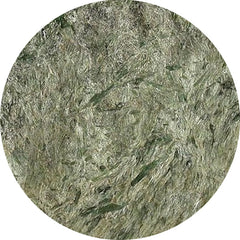 Actinolite (1)
Actinolite (1)
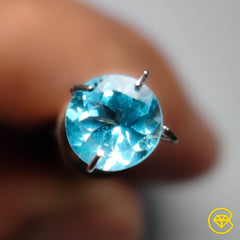 Affordable gemstones (17205)
Affordable gemstones (17205)
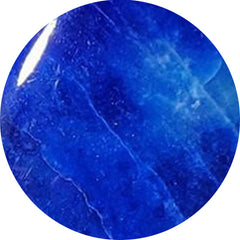 Afghanite (7)
Afghanite (7)
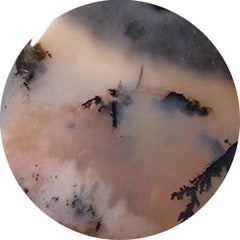 Agate (2498)
Agate (2498)
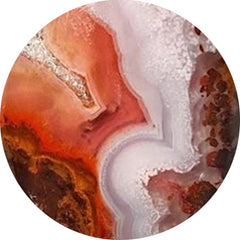 Agua nueva (11)
Agua nueva (11)
 All gemstones (1)
All gemstones (1)
 Amazonite (160)
Amazonite (160)
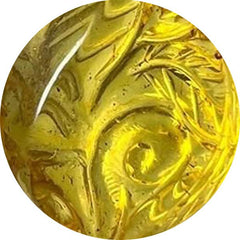 Amber (99)
Amber (99)
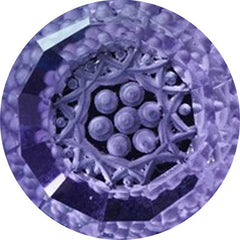 Amethyst (573)
Amethyst (573)
 Ametrine (21)
Ametrine (21)
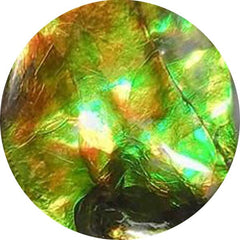 Ammolite (23)
Ammolite (23)
 Ammonite (65)
Ammonite (65)
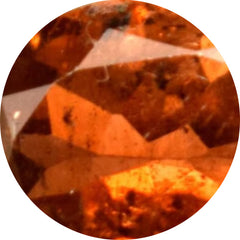 Andalusite (1)
Andalusite (1)
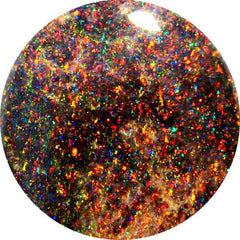 Andamooka opal (0)
Andamooka opal (0)
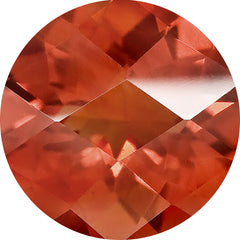 Andesine (0)
Andesine (0)
 Angelite (28)
Angelite (28)
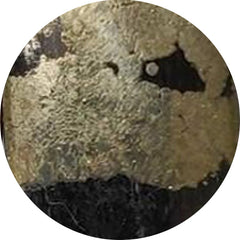 Apache gold (22)
Apache gold (22)
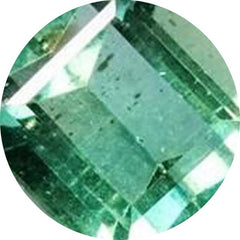 Apatite (140)
Apatite (140)
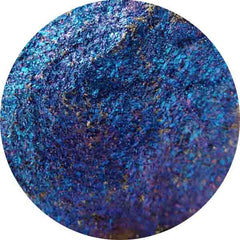 Apophyllite (1)
Apophyllite (1)
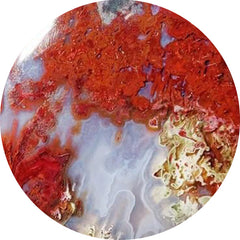 Apple valley agate (1)
Apple valley agate (1)
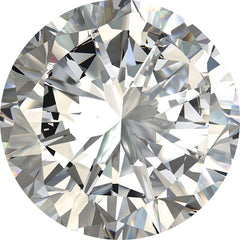 April birthstone (1841)
April birthstone (1841)
 Aqeeq (0)
Aqeeq (0)
 Aqua chalcedony (19)
Aqua chalcedony (19)
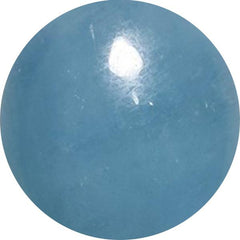 Aquamarine (73)
Aquamarine (73)
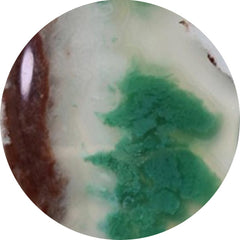 Aquaprase (60)
Aquaprase (60)
 Aragonite (16)
Aragonite (16)
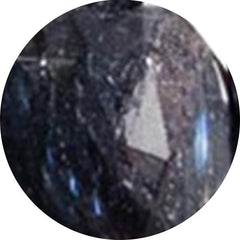 Arfvedsonite (12)
Arfvedsonite (12)
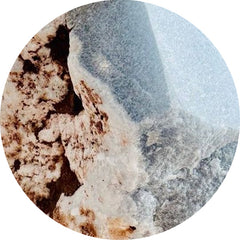 Aristolite (0)
Aristolite (0)
 Arizona turquoise (0)
Arizona turquoise (0)
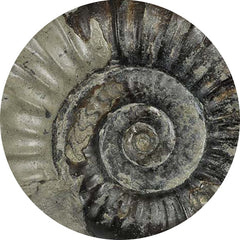 Arnioceras semicostatum fossil (0)
Arnioceras semicostatum fossil (0)
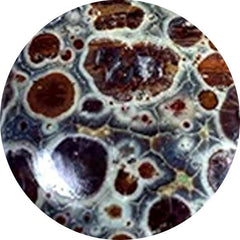 Asteroid jasper (12)
Asteroid jasper (12)
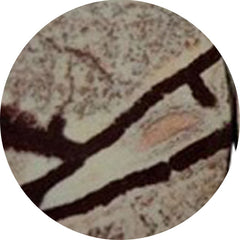 Astrophyllite (53)
Astrophyllite (53)
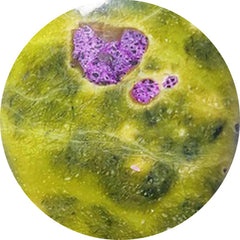 Atlantasite (88)
Atlantasite (88)
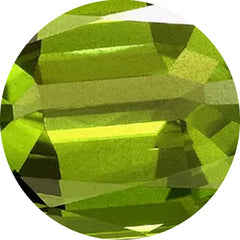 August birthstone (98)
August birthstone (98)
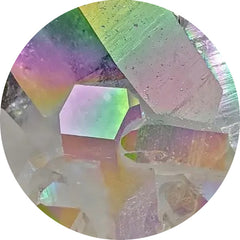 Aura quartz (0)
Aura quartz (0)
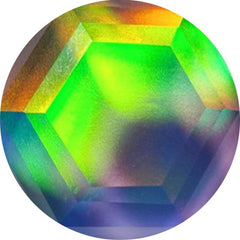 Aurora opal (304)
Aurora opal (304)
 Australian opal (18)
Australian opal (18)
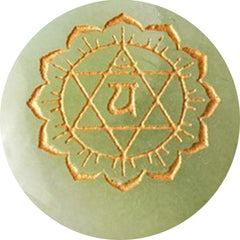 Aventurine (64)
Aventurine (64)
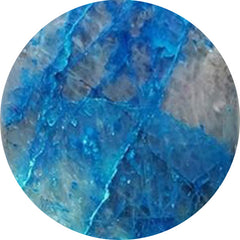 Azurite (284)
Azurite (284)
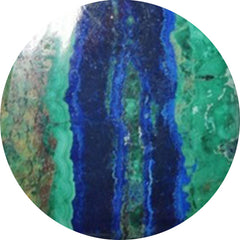 Azurite malachite (19)
Azurite malachite (19)
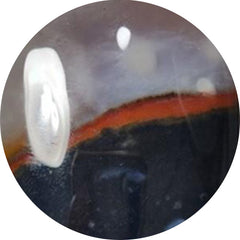 Banded agate (82)
Banded agate (82)
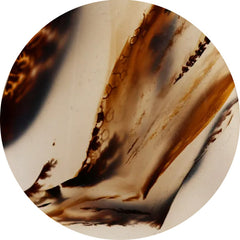 Barber agate (0)
Barber agate (0)
 Barite (13)
Barite (13)
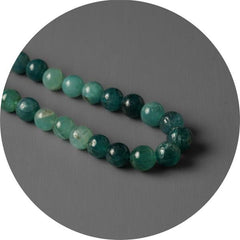 Beads (50)
Beads (50)
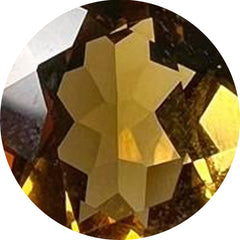 Beer quartz (23)
Beer quartz (23)
 Berber agate (4)
Berber agate (4)
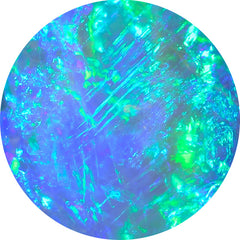 Best seller (0)
Best seller (0)
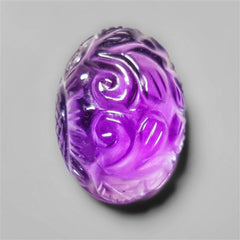 Bestsellers: a selection of our most-loved stones (406)
Bestsellers: a selection of our most-loved stones (406)
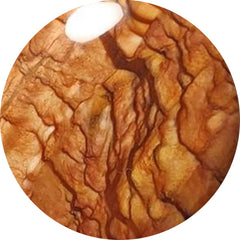 Biggs jasper (25)
Biggs jasper (25)
 Bird carving (117)
Bird carving (117)
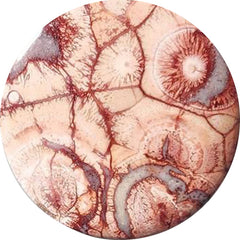 Bird eye jasper (47)
Bird eye jasper (47)
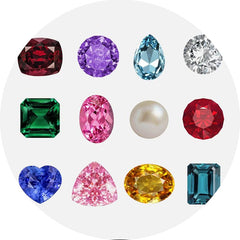 Birthstones (0)
Birthstones (0)
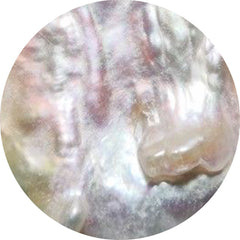 Biwa pearl (34)
Biwa pearl (34)
 Black friday deals (34)
Black friday deals (34)
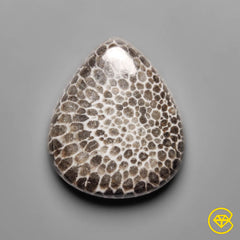 Black gemstones (955)
Black gemstones (955)
 Black onyx (178)
Black onyx (178)
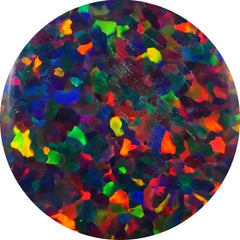 Black opal (50)
Black opal (50)
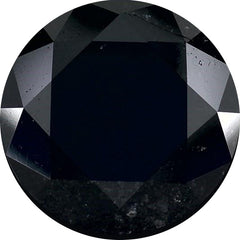 Black spinel (33)
Black spinel (33)
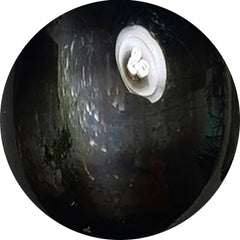 Black star (31)
Black star (31)
 Black tourmaline (75)
Black tourmaline (75)
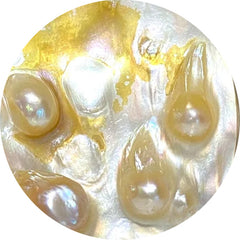 Blister pearl (30)
Blister pearl (30)
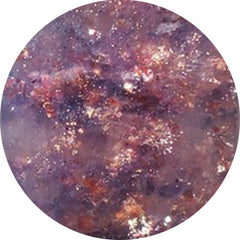 Bloodshot iolite (76)
Bloodshot iolite (76)
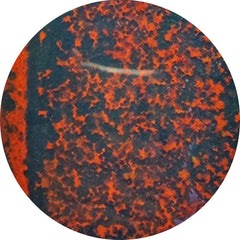 Bloodstone (69)
Bloodstone (69)
 Blue chalcedony (51)
Blue chalcedony (51)
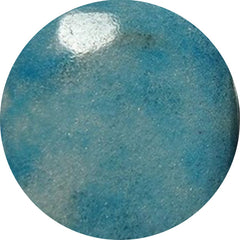 Blue diopside (0)
Blue diopside (0)
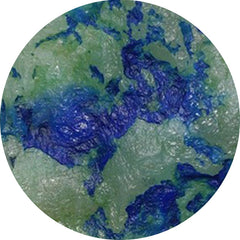 Blue horizon (15)
Blue horizon (15)
 Blue kyanite (37)
Blue kyanite (37)
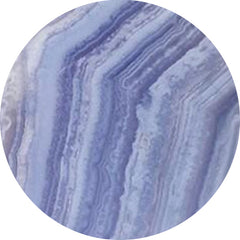 Blue lace agate (256)
Blue lace agate (256)
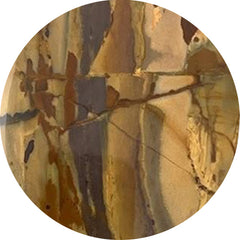 Blue mountain jasper (0)
Blue mountain jasper (0)
 Blue opal (162)
Blue opal (162)
 Blue quartz (40)
Blue quartz (40)
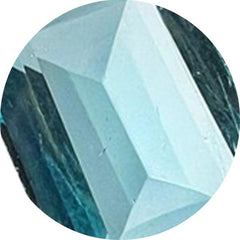 Blue topaz (51)
Blue topaz (51)
 Bone (9)
Bone (9)
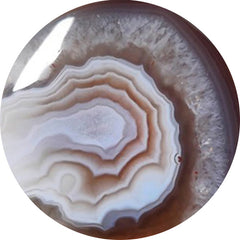 Botswana agate (245)
Botswana agate (245)
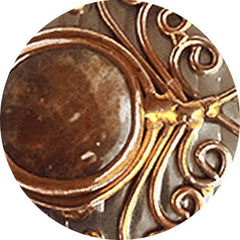 Bronze (0)
Bronze (0)
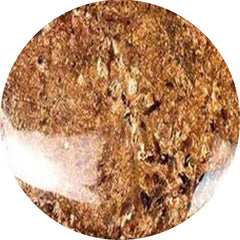 Bronzite (2)
Bronzite (2)
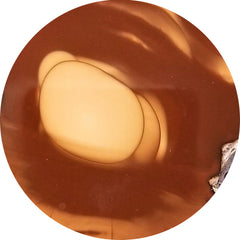 Bruneau jasper (15)
Bruneau jasper (15)
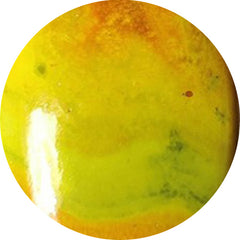 Bumble bee jasper (199)
Bumble bee jasper (199)
 Buy gemstones in usa (888)
Buy gemstones in usa (888)
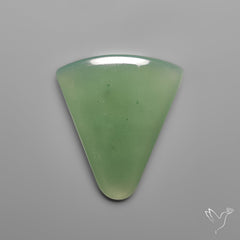 Cabochons (12930)
Cabochons (12930)
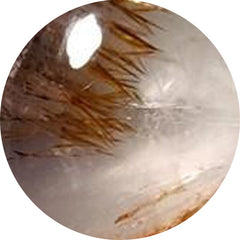 Cacoxenite (65)
Cacoxenite (65)
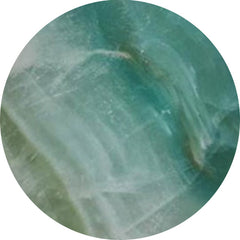 Calcite (219)
Calcite (219)
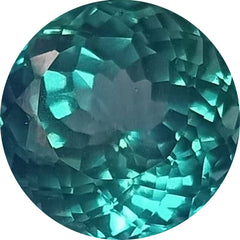 Calibrated (137)
Calibrated (137)
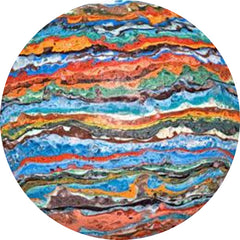 Calsilica (0)
Calsilica (0)
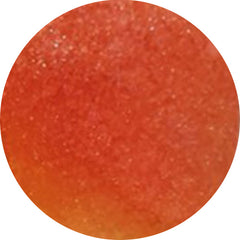 Candy corn (6)
Candy corn (6)
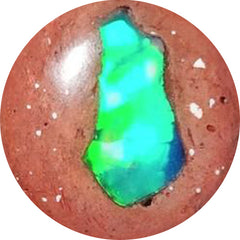 Cantera opal (17)
Cantera opal (17)
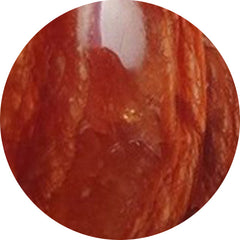 Caramel opal (2)
Caramel opal (2)
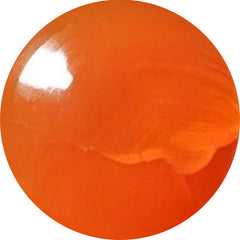 Carnelian (44)
Carnelian (44)
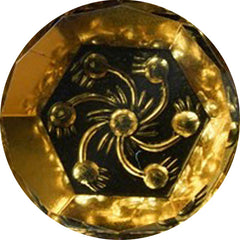 Carving (1766)
Carving (1766)
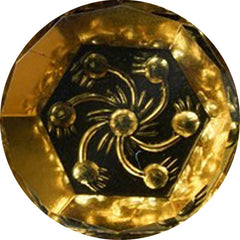 Carvings (2025)
Carvings (2025)
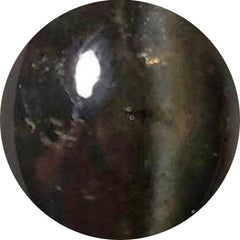 Cats eye (60)
Cats eye (60)
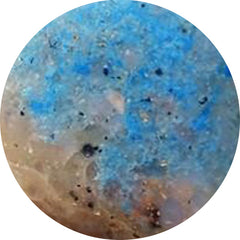 Cavansite (16)
Cavansite (16)
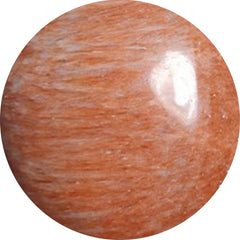 Celestobarite (7)
Celestobarite (7)
 Ceruleite (0)
Ceruleite (0)
 Chakra stone (31)
Chakra stone (31)
 Chalcedony (457)
Chalcedony (457)
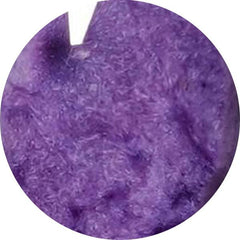 Charoite (190)
Charoite (190)
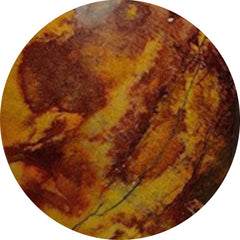 Cherry creek jasper (10)
Cherry creek jasper (10)
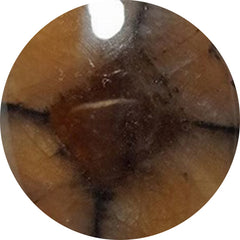 Chiastolite (16)
Chiastolite (16)
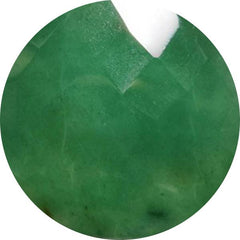 Chrome chalcedony (79)
Chrome chalcedony (79)
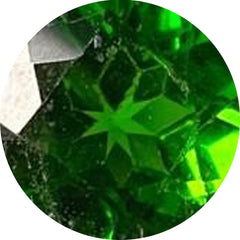 Chrome diopside (26)
Chrome diopside (26)
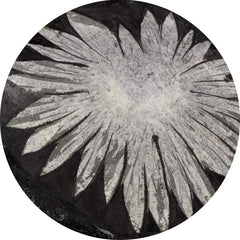 Chrysanthemum fossil (0)
Chrysanthemum fossil (0)
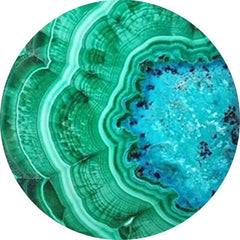 Chrysocolla (419)
Chrysocolla (419)
 Chrysocolla malachite (74)
Chrysocolla malachite (74)
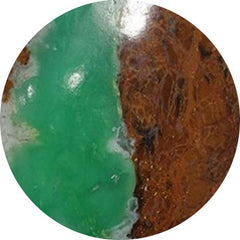 Chrysoprase (351)
Chrysoprase (351)
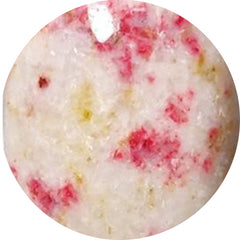 Cinnabar (15)
Cinnabar (15)
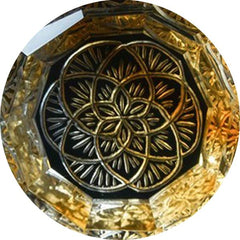 Citrine (108)
Citrine (108)
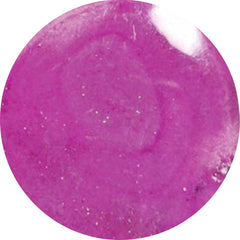 Cobalto calcite (66)
Cobalto calcite (66)
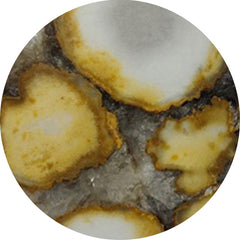 Cobra jasper (29)
Cobra jasper (29)
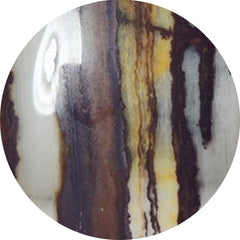 Coconut jasper (2)
Coconut jasper (2)
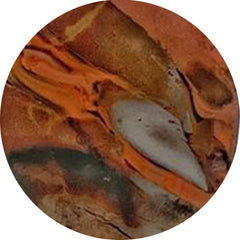 Coffee bean jasper (2)
Coffee bean jasper (2)
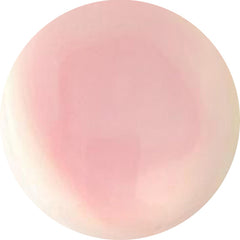 Conch shell (6)
Conch shell (6)
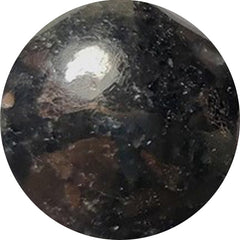 Coppernite (0)
Coppernite (0)
 Coral (350)
Coral (350)
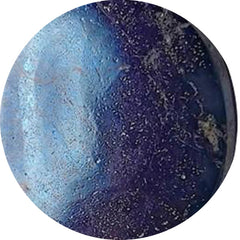 Covellite (4)
Covellite (4)
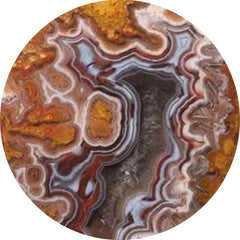 Crazy lace agate (189)
Crazy lace agate (189)
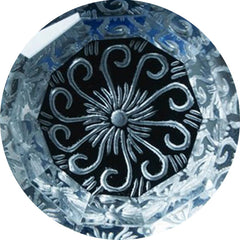 Crystal (202)
Crystal (202)
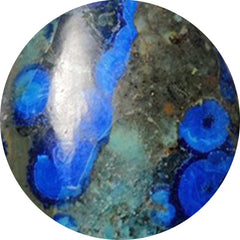 Cuprite (27)
Cuprite (27)
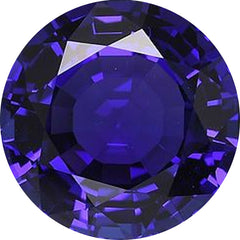 December birthstone (286)
December birthstone (286)
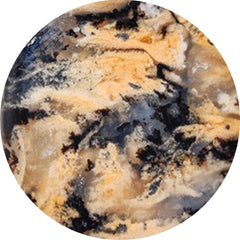 Dendritic agate (464)
Dendritic agate (464)
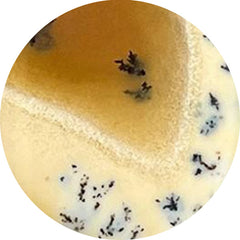 Dendritic opal (76)
Dendritic opal (76)
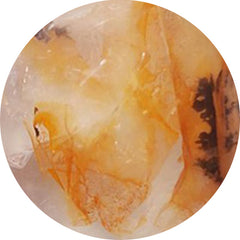 Dendritic quartz (2)
Dendritic quartz (2)
 Desert glass (9)
Desert glass (9)
 Desert jasper druzy (14)
Desert jasper druzy (14)
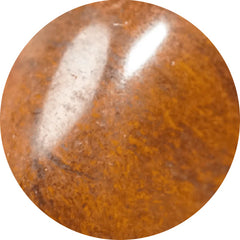 Desert sunset jasper (12)
Desert sunset jasper (12)
 Dichroic glass (143)
Dichroic glass (143)
 Dinosaur bone fossil (3)
Dinosaur bone fossil (3)
 Diopside (60)
Diopside (60)
 Doublets (860)
Doublets (860)
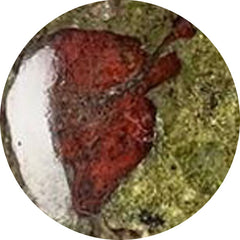 Dragonblood jasper (1)
Dragonblood jasper (1)
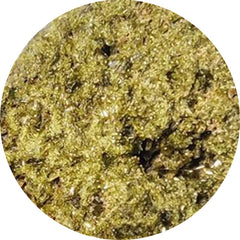 Druzy (439)
Druzy (439)
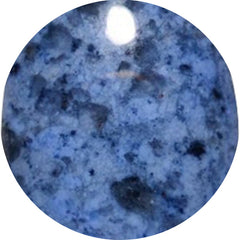 Dumortierite (60)
Dumortierite (60)
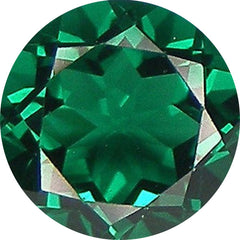 Emerald (65)
Emerald (65)
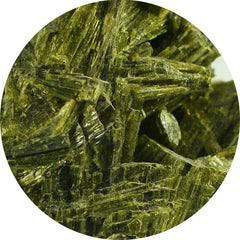 Epidote (10)
Epidote (10)
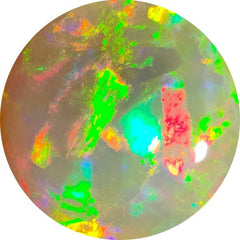 Ethiopian opal (108)
Ethiopian opal (108)
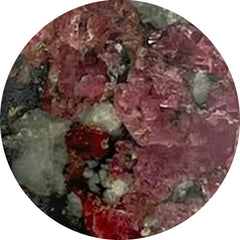 Eudialyte (11)
Eudialyte (11)
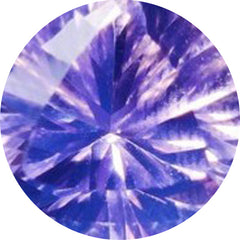 Faceted rose cut (2466)
Faceted rose cut (2466)
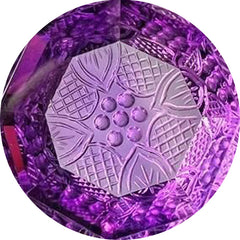 Fantasy cuts (50)
Fantasy cuts (50)
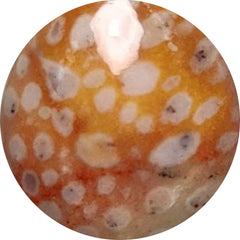 Fawn jasper (11)
Fawn jasper (11)
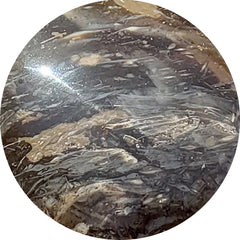 Feather agate (0)
Feather agate (0)
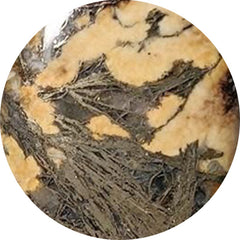 Feather pyrite (39)
Feather pyrite (39)
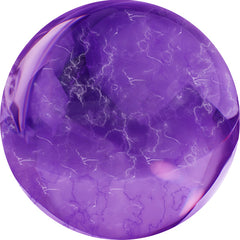 February birthstone (2871)
February birthstone (2871)
 Fine amethyst (32)
Fine amethyst (32)
 Fine ametrine (21)
Fine ametrine (21)
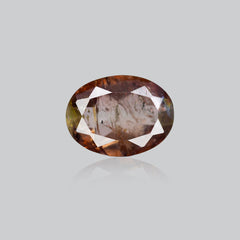 Fine andalusite (1)
Fine andalusite (1)
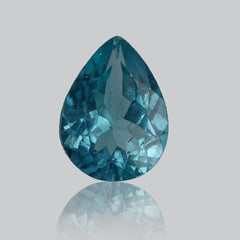 Fine apatite (5)
Fine apatite (5)
 Fine aquamarine (8)
Fine aquamarine (8)
 Fine black opal (6)
Fine black opal (6)
 Fine black spinel (14)
Fine black spinel (14)
 Fine blue topaz (30)
Fine blue topaz (30)
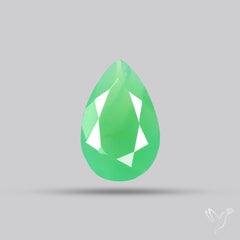 Fine chrysoprase (16)
Fine chrysoprase (16)
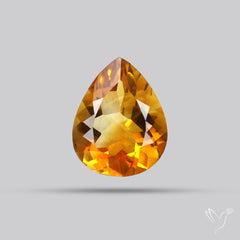 Fine citrine (23)
Fine citrine (23)
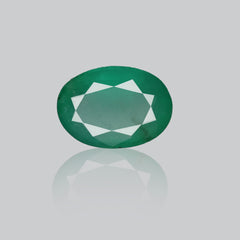 Fine emerald (11)
Fine emerald (11)
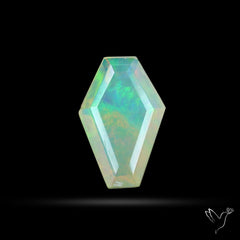 Fine ethiopian opal (17)
Fine ethiopian opal (17)
 Fine fire opal (7)
Fine fire opal (7)
 Fine fluorite (12)
Fine fluorite (12)
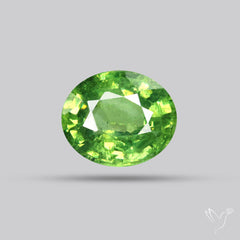 Fine garnet (37)
Fine garnet (37)
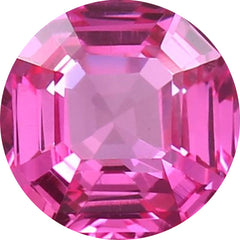 Fine gemstone (0)
Fine gemstone (0)
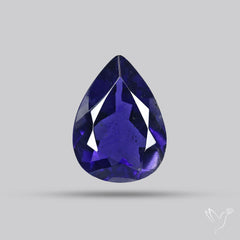 Fine iolite (31)
Fine iolite (31)
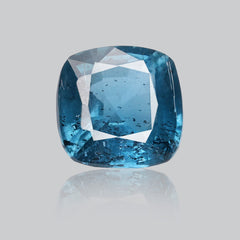 Fine kyanite (28)
Fine kyanite (28)
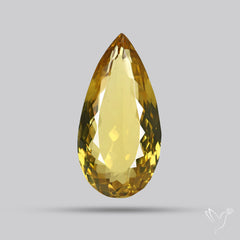 Fine lemon quartz (14)
Fine lemon quartz (14)
 Fine lepidocrocite (45)
Fine lepidocrocite (45)
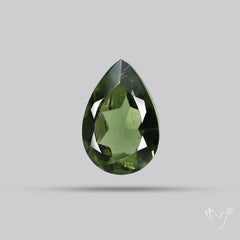 Fine moldavite (21)
Fine moldavite (21)
 Fine moonstone (6)
Fine moonstone (6)
 Fine peridot (55)
Fine peridot (55)
 Fine prasiolite (26)
Fine prasiolite (26)
 Fine ruby (15)
Fine ruby (15)
 Fine rutilated quartz (19)
Fine rutilated quartz (19)
 Fine sapphire (6)
Fine sapphire (6)
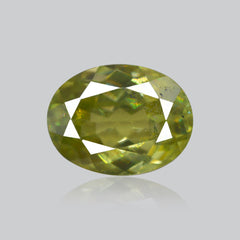 Fine sphene (17)
Fine sphene (17)
 Fine sunstone (79)
Fine sunstone (79)
 Fine tanzanite (50)
Fine tanzanite (50)
 Fine tourmaline (67)
Fine tourmaline (67)
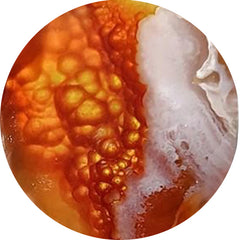 Fire agate (6)
Fire agate (6)
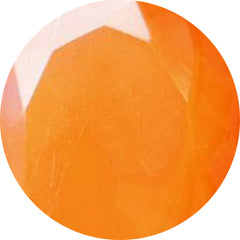 Fire opals (42)
Fire opals (42)
 Flint stone (10)
Flint stone (10)
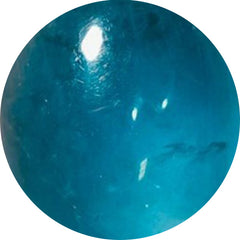 Fluorite (151)
Fluorite (151)
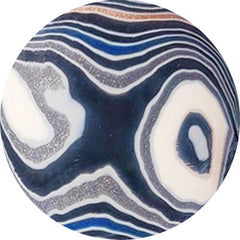 Fordite (63)
Fordite (63)
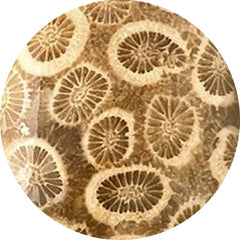 Fossil coral (318)
Fossil coral (318)
 Fossil marston marble (19)
Fossil marston marble (19)
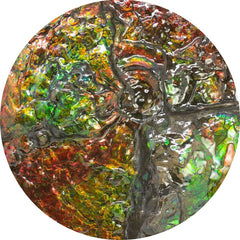 Fossils (508)
Fossils (508)
 Freshwater pearl (22)
Freshwater pearl (22)
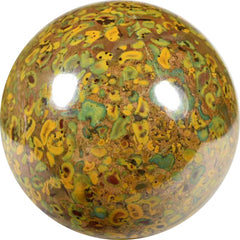 Fruit jasper (14)
Fruit jasper (14)
 Fuchsite (7)
Fuchsite (7)
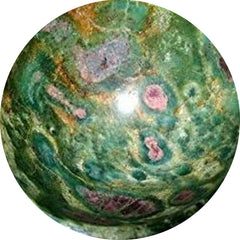 Fuschite (10)
Fuschite (10)
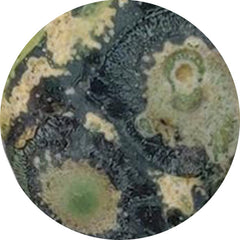 Galaxy jasper (9)
Galaxy jasper (9)
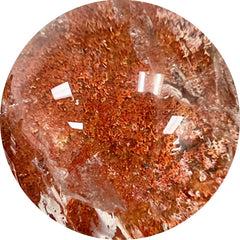 Garden quartz (6)
Garden quartz (6)
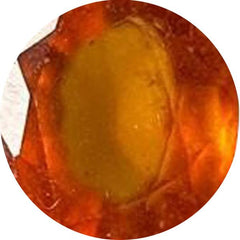 Garnet (122)
Garnet (122)
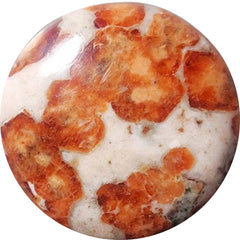 Garnet in limestone (36)
Garnet in limestone (36)
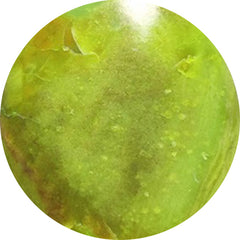 Gaspeite (12)
Gaspeite (12)
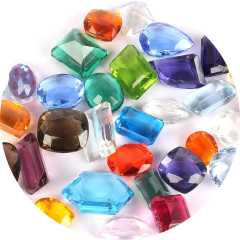 Gemstone lots (434)
Gemstone lots (434)
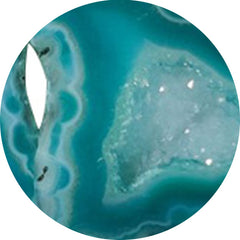 Geode (32)
Geode (32)
 Ghost carving (55)
Ghost carving (55)
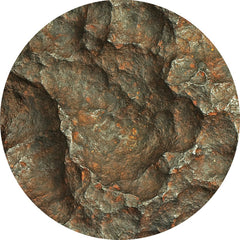 Gibeon meteorite (23)
Gibeon meteorite (23)
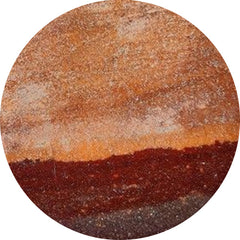 Gila monster agate (16)
Gila monster agate (16)
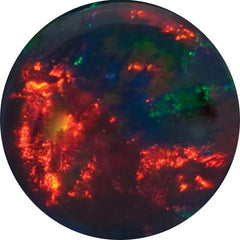 Gilson opal (22)
Gilson opal (22)
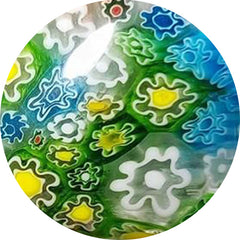 Glass (180)
Glass (180)
 Glow stone (12)
Glow stone (12)
 Goldstone (34)
Goldstone (34)
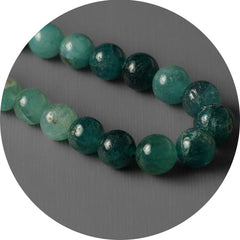 Grandidierite (7)
Grandidierite (7)
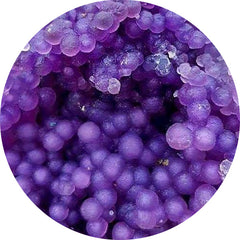 Grape agate (114)
Grape agate (114)
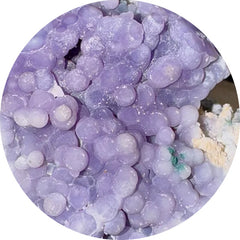 Grape chalcedony (4)
Grape chalcedony (4)
 Green gemstones (459)
Green gemstones (459)
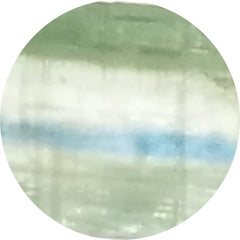 Green kyanite (7)
Green kyanite (7)
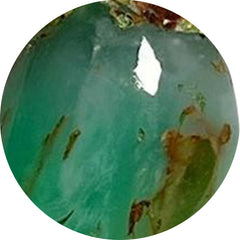 Green prase opal (8)
Green prase opal (8)
 Green tourmaline (23)
Green tourmaline (23)
 Grey moonstone (31)
Grey moonstone (31)
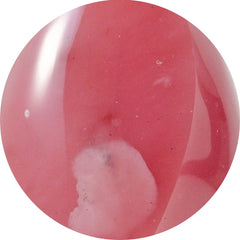 Guava quartz (6)
Guava quartz (6)
 Hackmanite (11)
Hackmanite (11)
 Heart carving (350)
Heart carving (350)
 Heart shape gemstones (3)
Heart shape gemstones (3)
 Heliodor (0)
Heliodor (0)
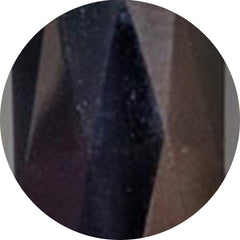 Hematite (37)
Hematite (37)
 Hemimorphite (54)
Hemimorphite (54)
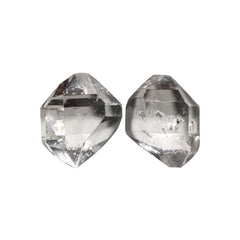 Herkimer diamond (38)
Herkimer diamond (38)
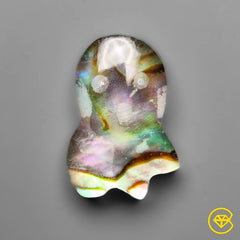 Himalayan quartz (434)
Himalayan quartz (434)
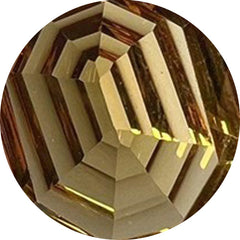 Honey quartz (19)
Honey quartz (19)
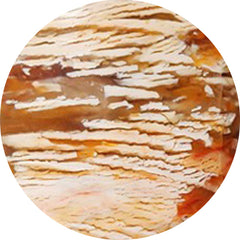 Howardite opal (28)
Howardite opal (28)
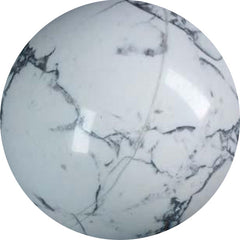 Howlite (5)
Howlite (5)
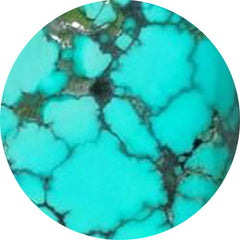 Hubei turquoise (48)
Hubei turquoise (48)
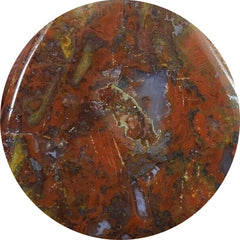 Hungarian agate (1)
Hungarian agate (1)
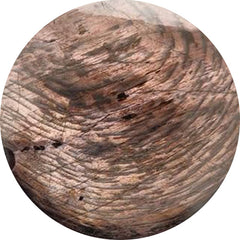 Hypersthene (42)
Hypersthene (42)
 Ice quartz (1)
Ice quartz (1)
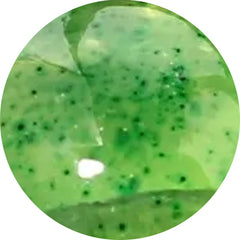 Idocrase (1)
Idocrase (1)
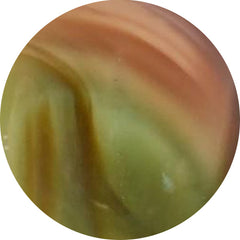 Imperial jasper (115)
Imperial jasper (115)
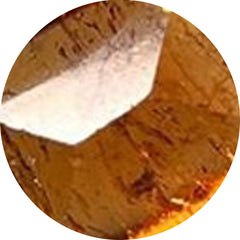 Imperial topaz (0)
Imperial topaz (0)
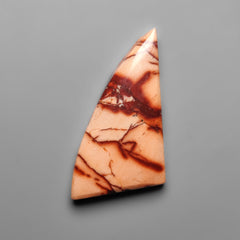 Indian paint stone (5)
Indian paint stone (5)
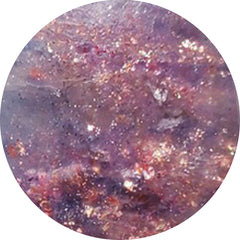 Iolite (168)
Iolite (168)
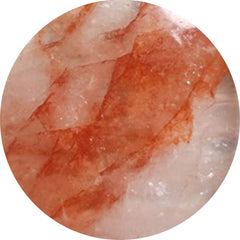 Iron quartz (48)
Iron quartz (48)
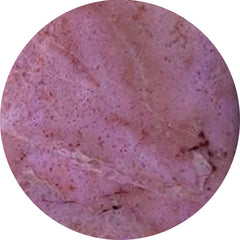 Jade (34)
Jade (34)
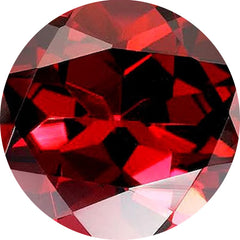 January birthstone (445)
January birthstone (445)
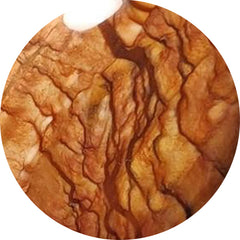 Jaspers (30)
Jaspers (30)
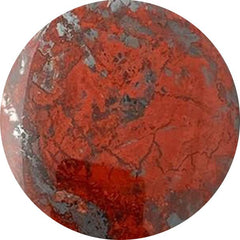 Jaspillite (3)
Jaspillite (3)
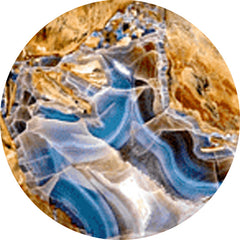 Java chalcedony (16)
Java chalcedony (16)
 July birthstone (545)
July birthstone (545)
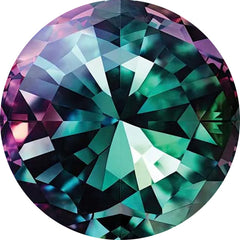 June birthstones: moonstone, pearl, and alexandrite (1053)
June birthstones: moonstone, pearl, and alexandrite (1053)
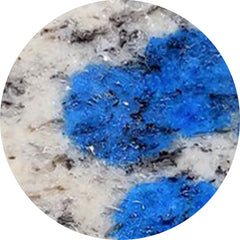 K2 jasper (7)
K2 jasper (7)
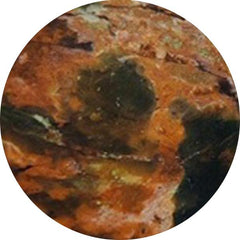 Kaleidoscope agate (0)
Kaleidoscope agate (0)
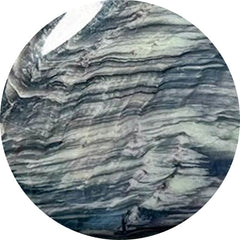 Kammererite (103)
Kammererite (103)
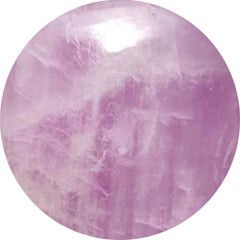 Kunzite (7)
Kunzite (7)
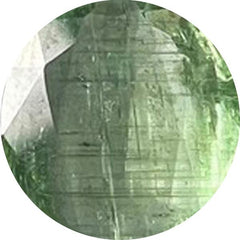 Kyanite (106)
Kyanite (106)
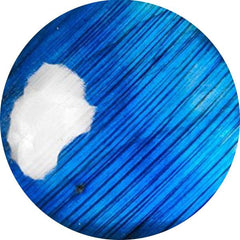 Labradorite (272)
Labradorite (272)
 Laguna lace agate (62)
Laguna lace agate (62)
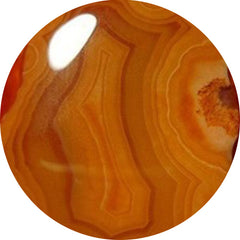 Lake superior agate (24)
Lake superior agate (24)
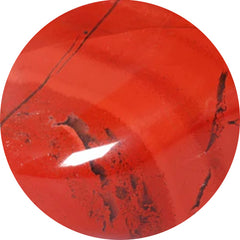 Landscape jasper (0)
Landscape jasper (0)
 Langite (0)
Langite (0)
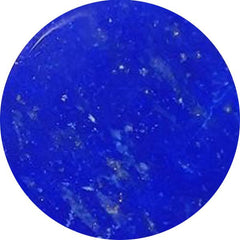 Lapis lazuli (159)
Lapis lazuli (159)
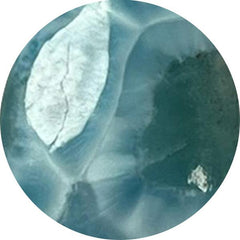 Larimar (116)
Larimar (116)
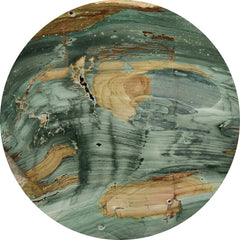 Larsonite (17)
Larsonite (17)
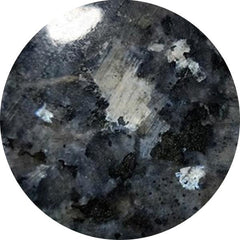 Larvikite feldspar (47)
Larvikite feldspar (47)
 Lavender chalcedony (17)
Lavender chalcedony (17)
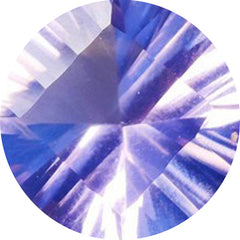 Lavender quartz (5)
Lavender quartz (5)
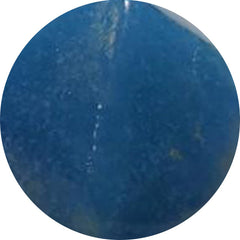 Lazulite (8)
Lazulite (8)
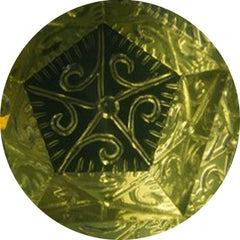 Lemon quartz (44)
Lemon quartz (44)
 Leopard skin shell (0)
Leopard skin shell (0)
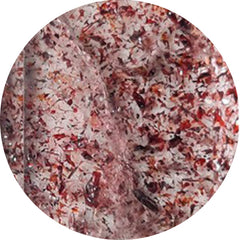 Lepidocrocite (54)
Lepidocrocite (54)
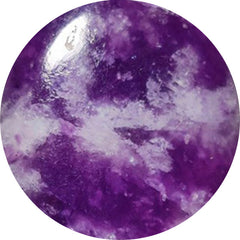 Lepidolite (79)
Lepidolite (79)
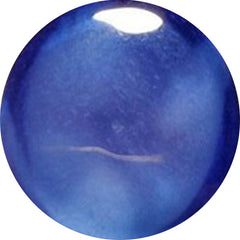 Lindy star sapphire (0)
Lindy star sapphire (0)
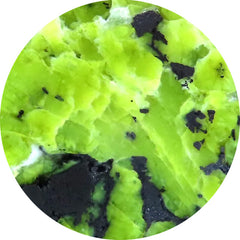 Lizardite (55)
Lizardite (55)
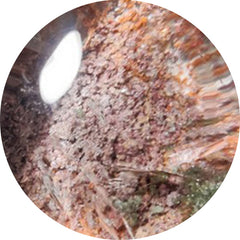 Lodolite (90)
Lodolite (90)
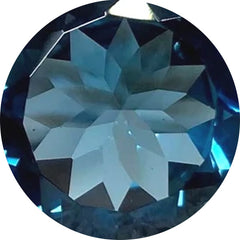 London blue topaz (10)
London blue topaz (10)
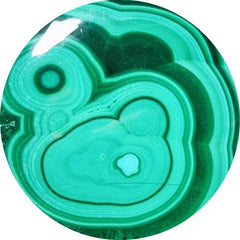 Malachite (576)
Malachite (576)
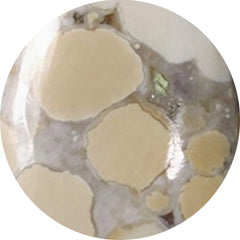 Maligano jasper (71)
Maligano jasper (71)
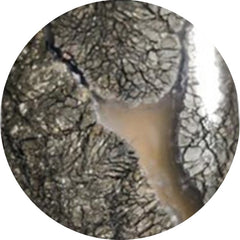 Marcasite (28)
Marcasite (28)
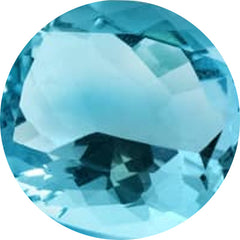 March birthstone (1479)
March birthstone (1479)
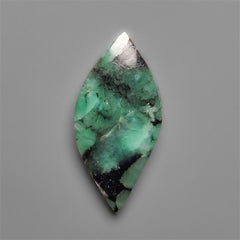 Marquise shape gemstones (5)
Marquise shape gemstones (5)
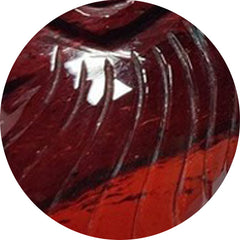 Mary ellen jasper (0)
Mary ellen jasper (0)
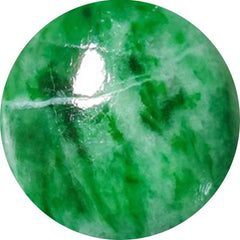 Maw sit sit (15)
Maw sit sit (15)
 May birthstone (481)
May birthstone (481)
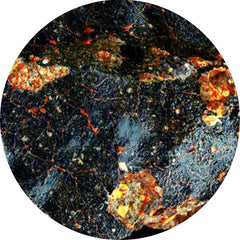 Meteorite (23)
Meteorite (23)
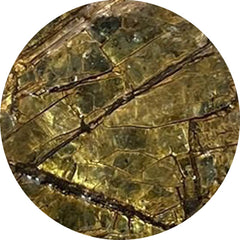 Mica (42)
Mica (42)
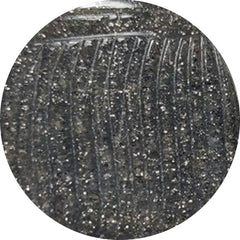 Midnight quartzite (20)
Midnight quartzite (20)
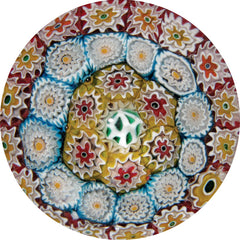 Millefiori glass (2)
Millefiori glass (2)
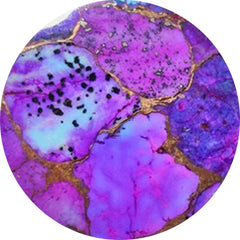 Mohave turquoise (55)
Mohave turquoise (55)
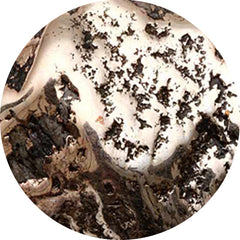 Mohawkites (20)
Mohawkites (20)
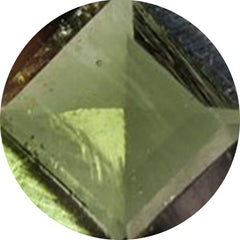 Moldavite (47)
Moldavite (47)
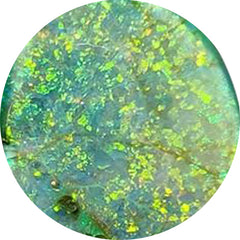 Monarch opal (28)
Monarch opal (28)
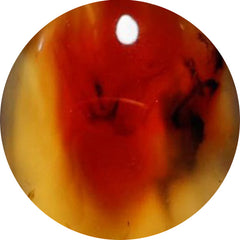 Montana agate (82)
Montana agate (82)
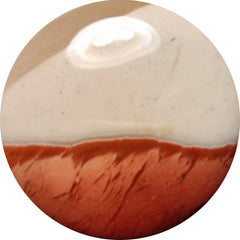 Mookaite (55)
Mookaite (55)
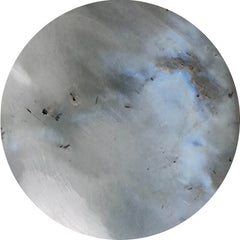 Moonstone (401)
Moonstone (401)
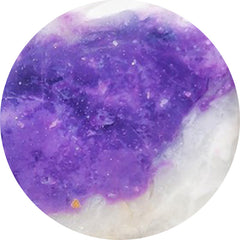 Morado opal (1)
Morado opal (1)
 Morenci turquoise (40)
Morenci turquoise (40)
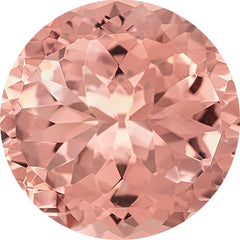 Morganite (0)
Morganite (0)
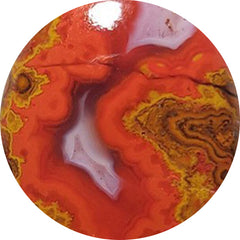 Moroccan seam agate (117)
Moroccan seam agate (117)
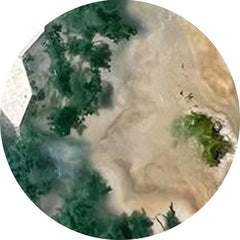 Moss agate (398)
Moss agate (398)
 Mother of pearl (525)
Mother of pearl (525)
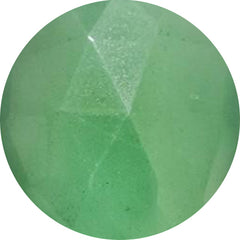 Mtorolite (46)
Mtorolite (46)
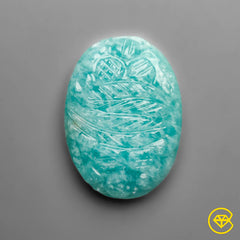 Mughal carving (456)
Mughal carving (456)
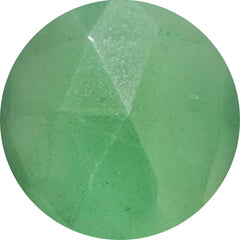 Muscovite (21)
Muscovite (21)
 Mystic quartz (1)
Mystic quartz (1)
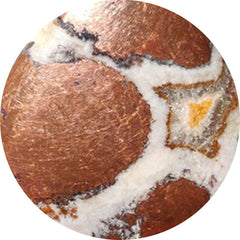 Native copper (39)
Native copper (39)
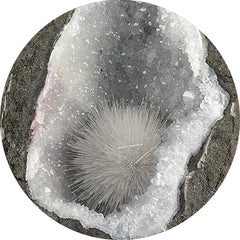 Natrolite (26)
Natrolite (26)
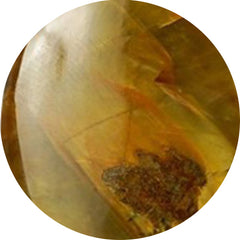 Nellite (5)
Nellite (5)
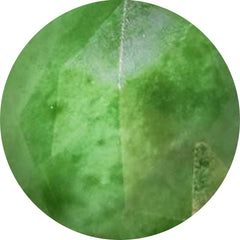 Nephrite jade (3)
Nephrite jade (3)
 New arrivals (433)
New arrivals (433)
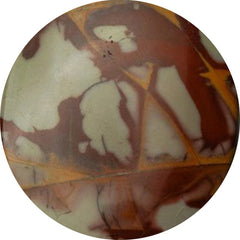 Noreena jasper (29)
Noreena jasper (29)
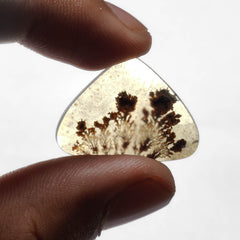 November birthstone (162)
November birthstone (162)
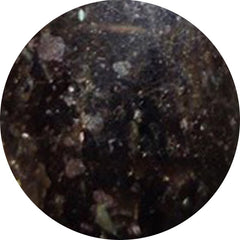 Nuummite (2)
Nuummite (2)
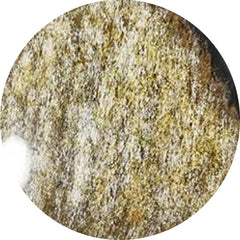 Obsidian (347)
Obsidian (347)
 Ocean jasper (256)
Ocean jasper (256)
 October birthstone (1350)
October birthstone (1350)
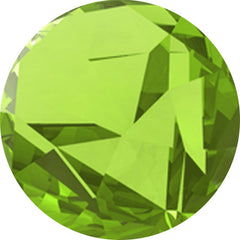 Olive quartz (5)
Olive quartz (5)
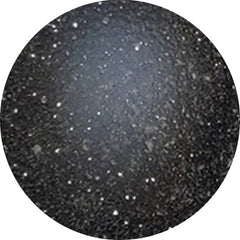 Onyx (286)
Onyx (286)
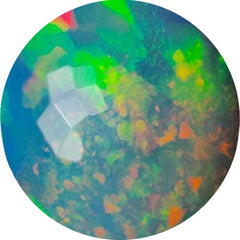 Opal (1126)
Opal (1126)
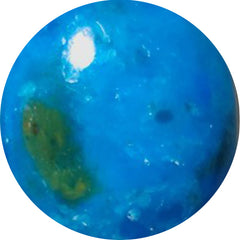 Opalina (11)
Opalina (11)
 Opalite (29)
Opalite (29)
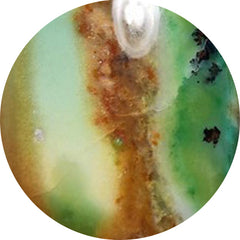 Opalwood (5)
Opalwood (5)
 Orange gemstones (368)
Orange gemstones (368)
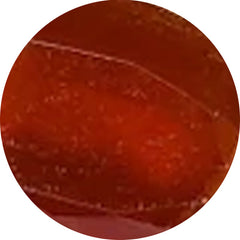 Orange kyanite (2)
Orange kyanite (2)
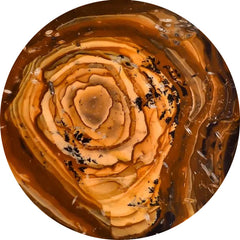 Oregon jasper (7)
Oregon jasper (7)
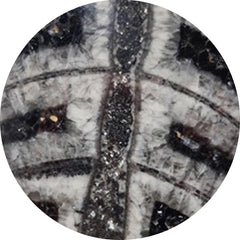 Orthoceras fossil (36)
Orthoceras fossil (36)
 Outback jasper (5)
Outback jasper (5)
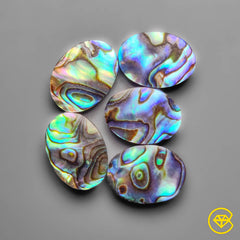 Oval shape gemstones (6)
Oval shape gemstones (6)
 Over $50 (492)
Over $50 (492)
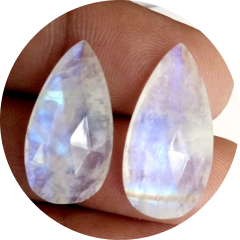 Pairs (938)
Pairs (938)
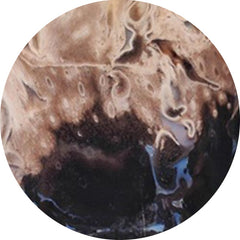 Palmroot agate (91)
Palmroot agate (91)
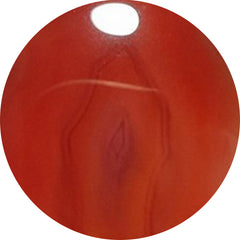 Passion agate (1)
Passion agate (1)
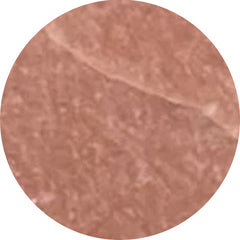 Peach moonstone (44)
Peach moonstone (44)
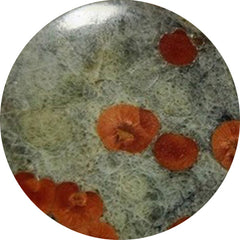 Peanut obsidian (40)
Peanut obsidian (40)
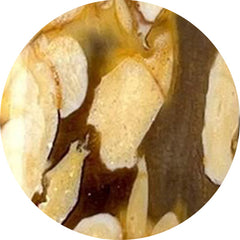 Peanut wood jasper (179)
Peanut wood jasper (179)
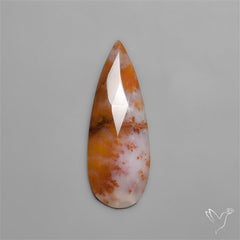 Pear shape gemstones (9)
Pear shape gemstones (9)
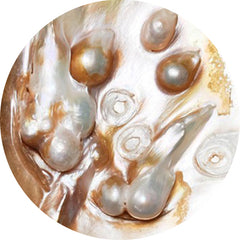 Pearl (652)
Pearl (652)
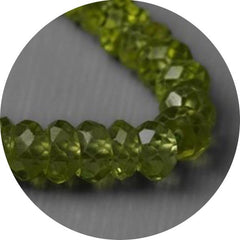 Peridot (65)
Peridot (65)
 Petalite (25)
Petalite (25)
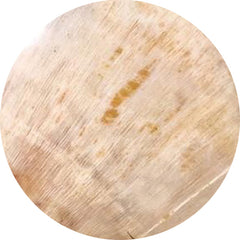 Petrified wood (53)
Petrified wood (53)
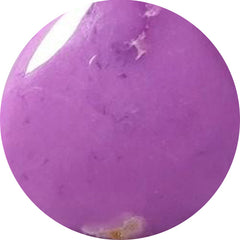 Phosphosiderite (93)
Phosphosiderite (93)
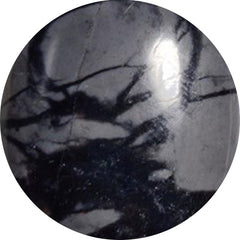 Picasso jasper (96)
Picasso jasper (96)
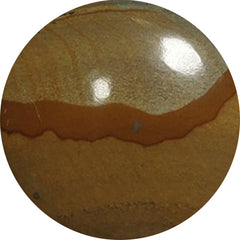 Picture jasper (96)
Picture jasper (96)
 Pietersite (47)
Pietersite (47)
 Pink gemstones (476)
Pink gemstones (476)
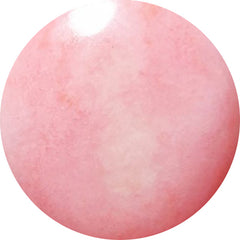 Pink opal (147)
Pink opal (147)
 Pink tourmaline (89)
Pink tourmaline (89)
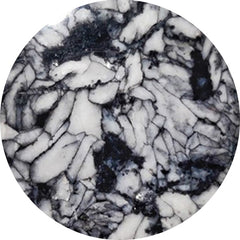 Pinolith (35)
Pinolith (35)
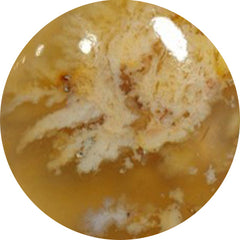 Plume agate (96)
Plume agate (96)
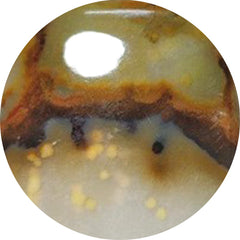 Polka dot agate (42)
Polka dot agate (42)
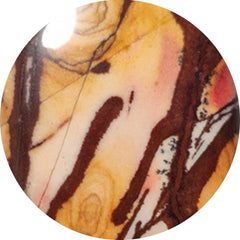 Polychrome jasper (44)
Polychrome jasper (44)
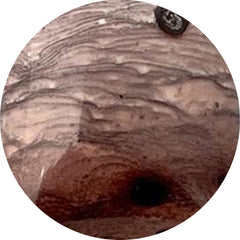 Porcelain jasper (30)
Porcelain jasper (30)
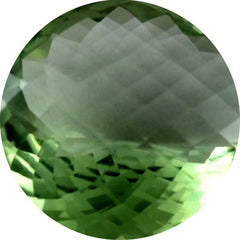 Prasiolite (54)
Prasiolite (54)
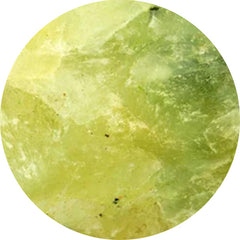 Prehnite (22)
Prehnite (22)
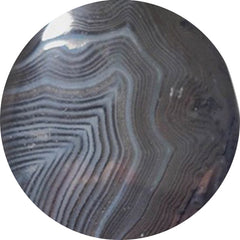 Psilomelane (23)
Psilomelane (23)
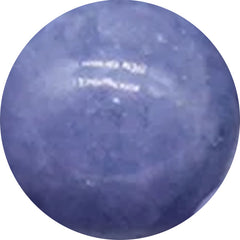 Purple chalcedony (44)
Purple chalcedony (44)
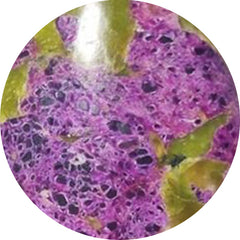 Purpurite (7)
Purpurite (7)
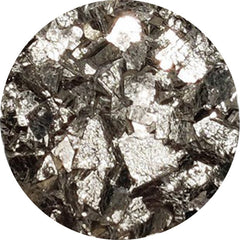 Pyrite (147)
Pyrite (147)
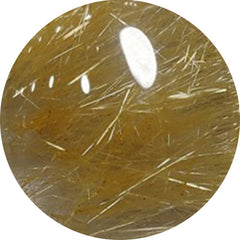 Quartz (131)
Quartz (131)
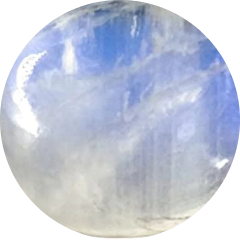 Rain moonstones (0)
Rain moonstones (0)
 Rainbow calcilica (11)
Rainbow calcilica (11)
 Rainbow moonstone (92)
Rainbow moonstone (92)
 Red coral (8)
Red coral (8)
 Red fossil (0)
Red fossil (0)
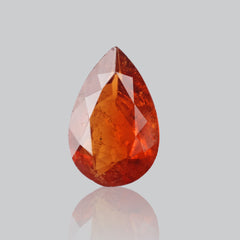 Red gemstones (363)
Red gemstones (363)
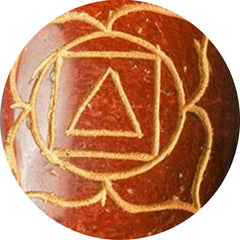 Red jasper (3)
Red jasper (3)
 Red moss agate (77)
Red moss agate (77)
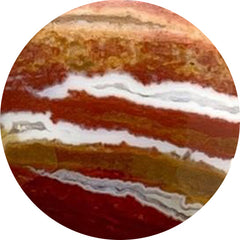 Red river jasper (17)
Red river jasper (17)
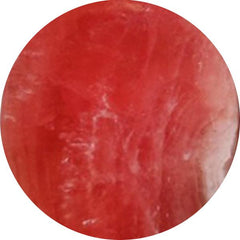 Rhodochrosite (405)
Rhodochrosite (405)
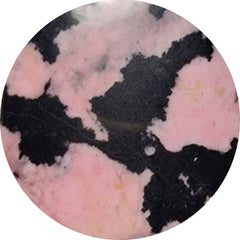 Rhodonite (91)
Rhodonite (91)
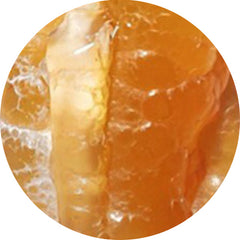 Rock chalcedony (2)
Rock chalcedony (2)
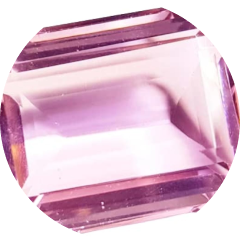 Rose cut gemstones (748)
Rose cut gemstones (748)
 Rose quartz (53)
Rose quartz (53)
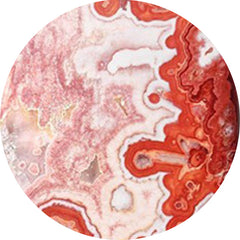 Rosita jasper (10)
Rosita jasper (10)
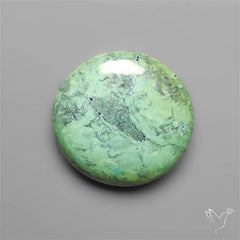 Round shape gemstones (6)
Round shape gemstones (6)
 Ruby (197)
Ruby (197)
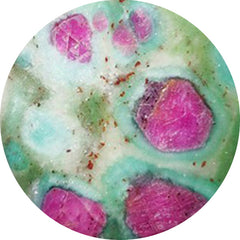 Ruby in fuchsite (6)
Ruby in fuchsite (6)
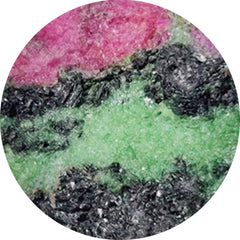 Ruby in zoisite (91)
Ruby in zoisite (91)
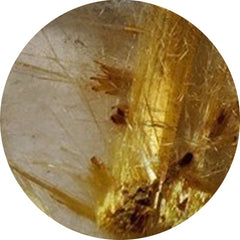 Rutilated quartz (260)
Rutilated quartz (260)
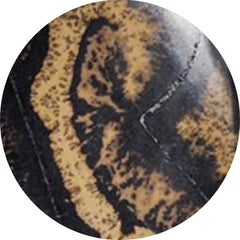 Sage brush jasper (27)
Sage brush jasper (27)
 Sand dollar fossil (3)
Sand dollar fossil (3)
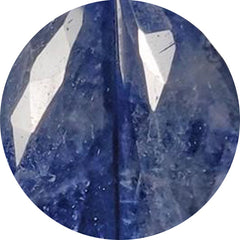 Sapphire (33)
Sapphire (33)
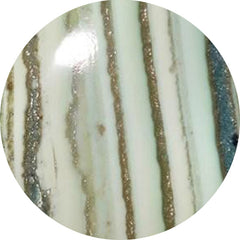 Saturn chalcedony (57)
Saturn chalcedony (57)
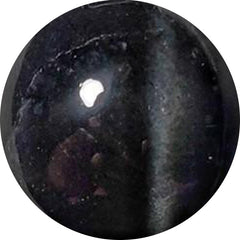 Scapolite (12)
Scapolite (12)
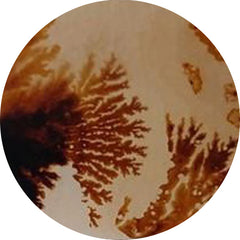 Scenic agate (97)
Scenic agate (97)
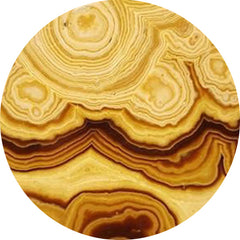 Schalenblende (89)
Schalenblende (89)
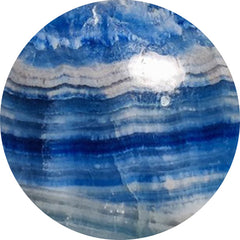 Scheelite (37)
Scheelite (37)
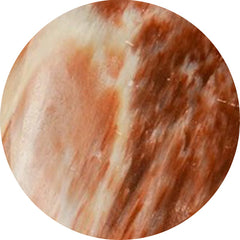 Scolecite (53)
Scolecite (53)
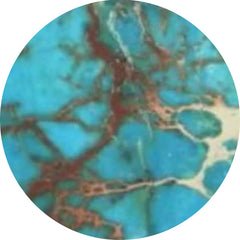 Sea sediment jasper (0)
Sea sediment jasper (0)
 Selenite (13)
Selenite (13)
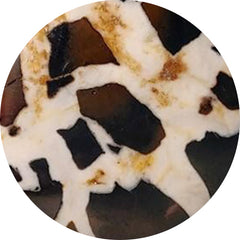 Septarian (93)
Septarian (93)
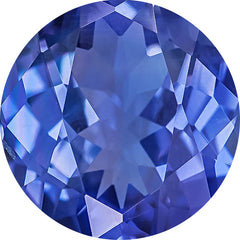 September birthstone (194)
September birthstone (194)
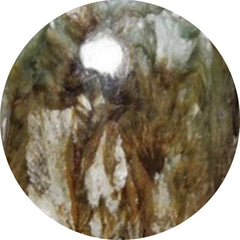 Seraphinite (80)
Seraphinite (80)
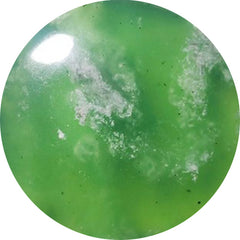 Serpentine (162)
Serpentine (162)
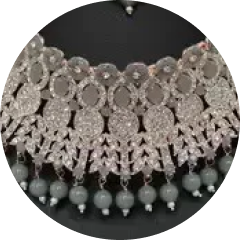 Sets (70)
Sets (70)
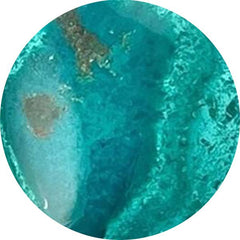 Shattuckite (277)
Shattuckite (277)
 Shell (307)
Shell (307)
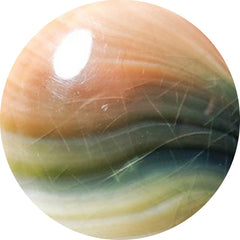 Shiva eye shell (60)
Shiva eye shell (60)
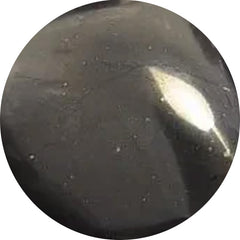 Shungite (4)
Shungite (4)
 Sieber agate (0)
Sieber agate (0)
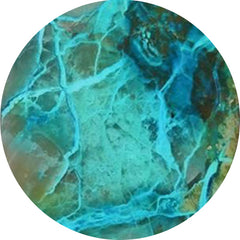 Silica (4)
Silica (4)
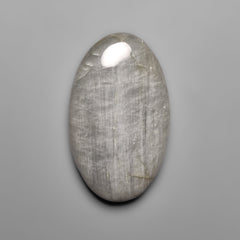 Silver leaf jasper (5)
Silver leaf jasper (5)
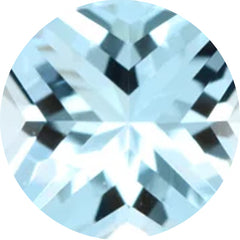 Sky blue topaz (5)
Sky blue topaz (5)
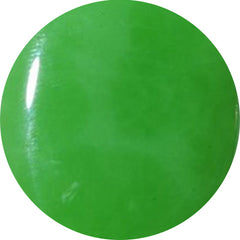 Smithsonite (29)
Smithsonite (29)
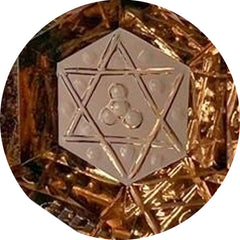 Smoky quartz (23)
Smoky quartz (23)
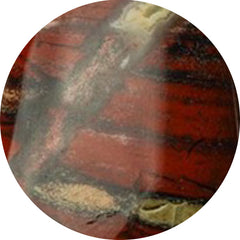 Snakeskin jasper (48)
Snakeskin jasper (48)
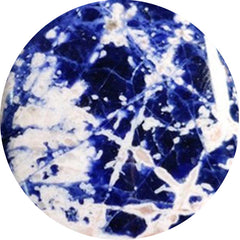 Sodalite (70)
Sodalite (70)
 Solar agate (3)
Solar agate (3)
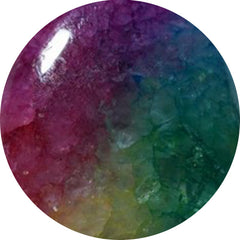 Solar quartz (62)
Solar quartz (62)
 Spectrolite (118)
Spectrolite (118)
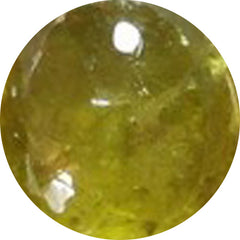 Sphence (25)
Sphence (25)
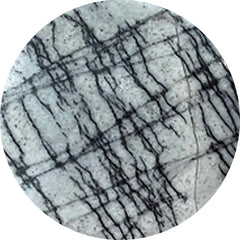 Spiderweb jasper (1)
Spiderweb jasper (1)
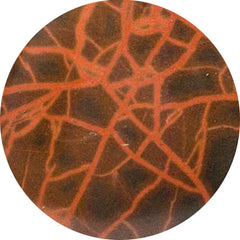 Spiderwoman jasper (0)
Spiderwoman jasper (0)
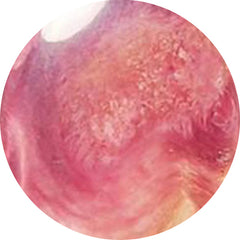 Spiny oyster shell (66)
Spiny oyster shell (66)
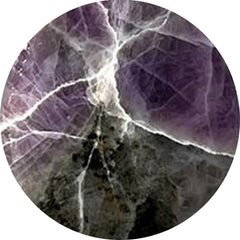 Spurrite (7)
Spurrite (7)
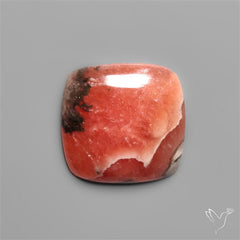 Square shape gemstones (10)
Square shape gemstones (10)
 Starburst (2)
Starburst (2)
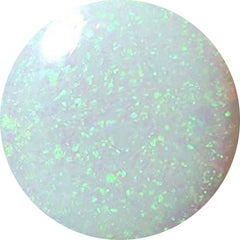 Sterling opal (11)
Sterling opal (11)
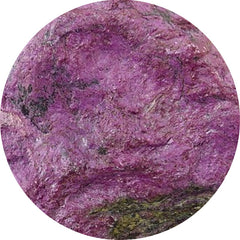 Stichtite (37)
Stichtite (37)
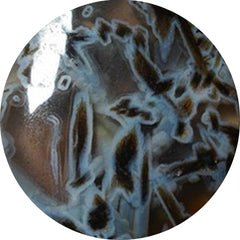 Stick agate (5)
Stick agate (5)
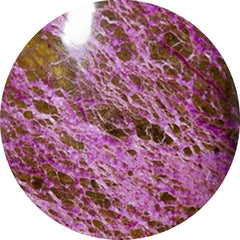 Stitchtite (123)
Stitchtite (123)
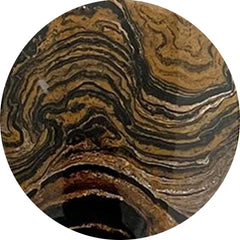 Stramatolite (0)
Stramatolite (0)
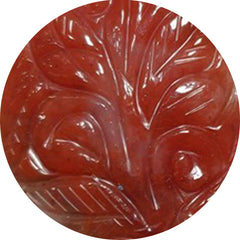 Strawberry quartz (7)
Strawberry quartz (7)
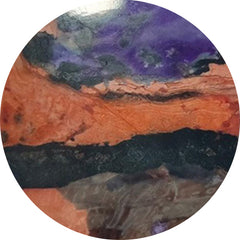 Sugilite (0)
Sugilite (0)
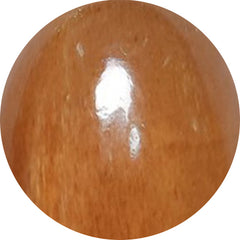 Sunstone (269)
Sunstone (269)
 Surfite (2)
Surfite (2)
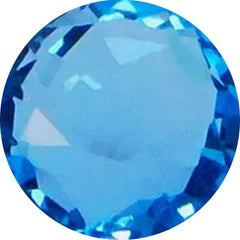 Swiss blue topaz (32)
Swiss blue topaz (32)
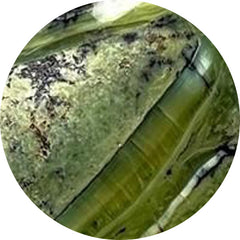 Swiss opal (3)
Swiss opal (3)
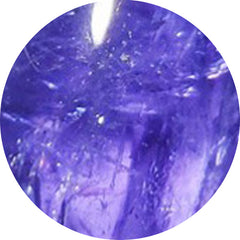 Tanzanite (51)
Tanzanite (51)
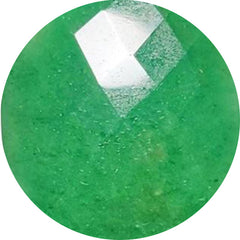 Tanzurine (11)
Tanzurine (11)
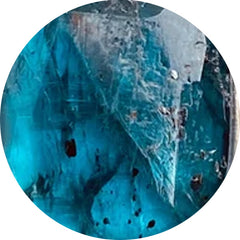 Teal kyanite (10)
Teal kyanite (10)
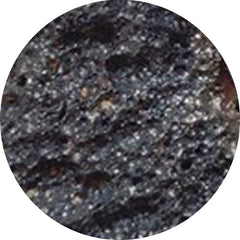 Tektite (42)
Tektite (42)
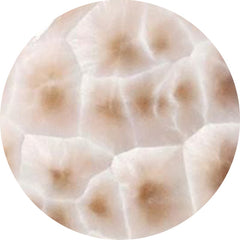 Thomsonite (35)
Thomsonite (35)
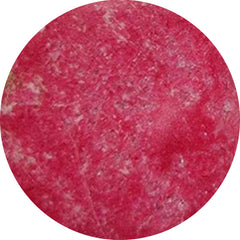 Thulite (79)
Thulite (79)
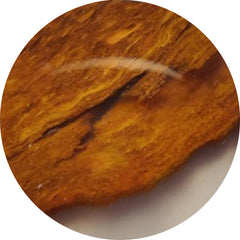 Thunder egg agate (0)
Thunder egg agate (0)
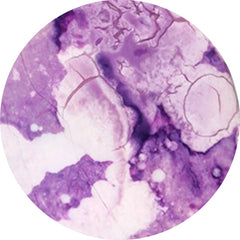 Tiffany stone (6)
Tiffany stone (6)
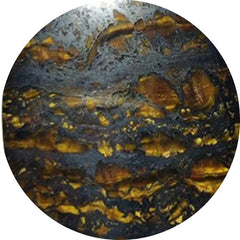 Tiger eye (66)
Tiger eye (66)
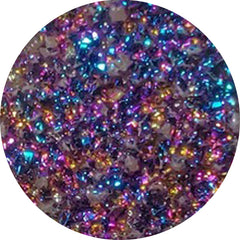 Titanium druzy (5)
Titanium druzy (5)
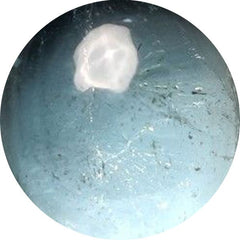 Topaz (55)
Topaz (55)
 Tourmaline (236)
Tourmaline (236)
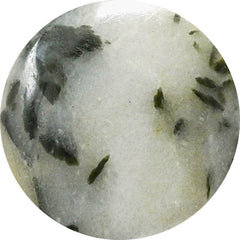 Tourmaline in quartz (84)
Tourmaline in quartz (84)
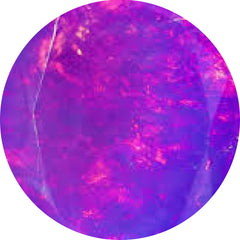 Treated opal (52)
Treated opal (52)
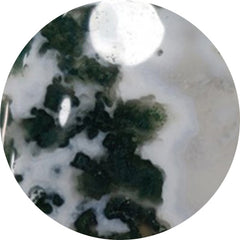 Tree agate (42)
Tree agate (42)
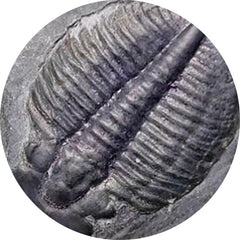 Trilobite fossil (17)
Trilobite fossil (17)
 Trolleite quartz (29)
Trolleite quartz (29)
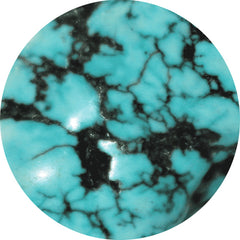 Tumbles (1)
Tumbles (1)
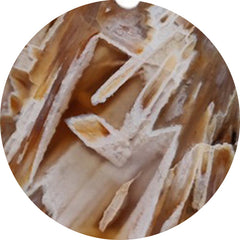 Turkish tube agate (64)
Turkish tube agate (64)
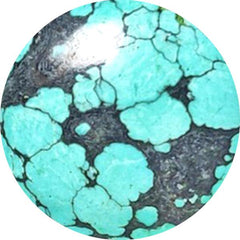 Turquoise (235)
Turquoise (235)
 Turritella jasper (3)
Turritella jasper (3)
 Tuxedo agate (64)
Tuxedo agate (64)
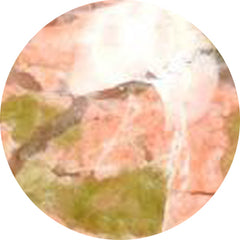 Unakite (3)
Unakite (3)
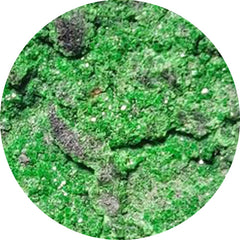 Uvarovite garnet (3)
Uvarovite garnet (3)
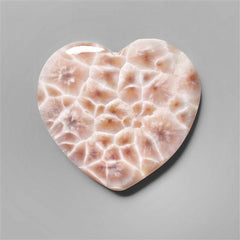 Valentine (807)
Valentine (807)
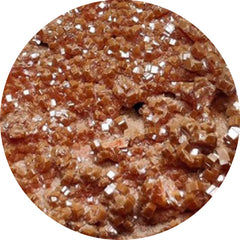 Vanadinite druzy (9)
Vanadinite druzy (9)
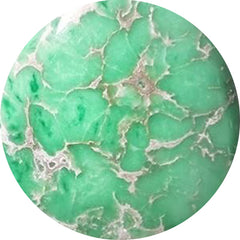 Variscite (159)
Variscite (159)
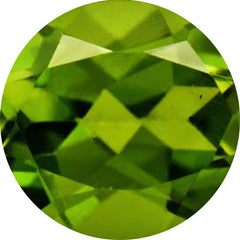 Vesuvianite (1)
Vesuvianite (1)
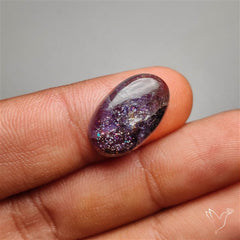 Video collection (247)
Video collection (247)
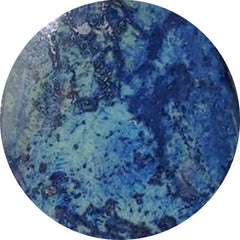 Vivianite (1)
Vivianite (1)
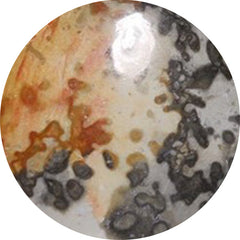 Volcanic cotham marble (7)
Volcanic cotham marble (7)
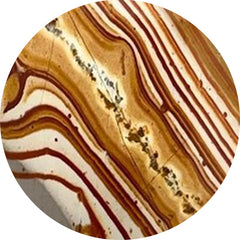 Wagul jasper (3)
Wagul jasper (3)
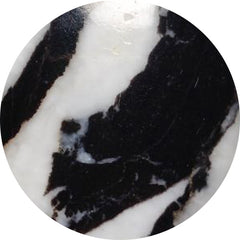 White buffalo turquoise (13)
White buffalo turquoise (13)
 White gemstones (1209)
White gemstones (1209)
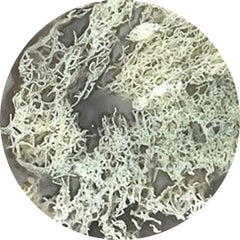 White horse canyon (45)
White horse canyon (45)
 White moonstone (35)
White moonstone (35)
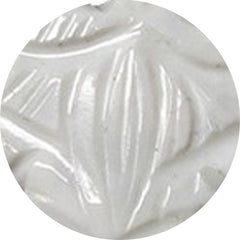 White opal (12)
White opal (12)
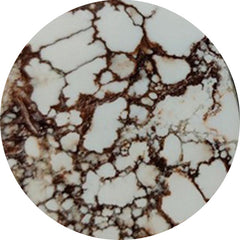 Wild horse jasper (119)
Wild horse jasper (119)
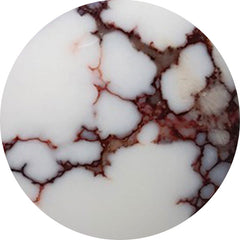 Wild horse magnesite (49)
Wild horse magnesite (49)
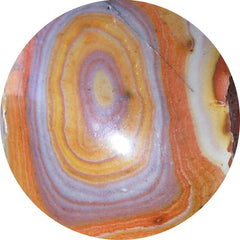 Wonder stone (0)
Wonder stone (0)
 Wood (208)
Wood (208)
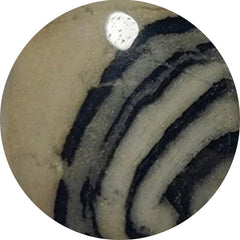 Yavapai travertine (0)
Yavapai travertine (0)
 Yellow gemstones (170)
Yellow gemstones (170)
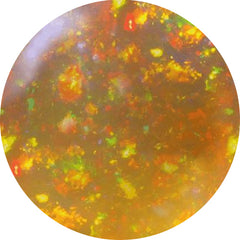 Yellow opal (7)
Yellow opal (7)
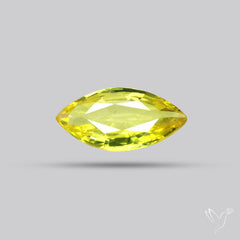 Yellow sapphire (6)
Yellow sapphire (6)
 Yemeni aqeeq (0)
Yemeni aqeeq (0)
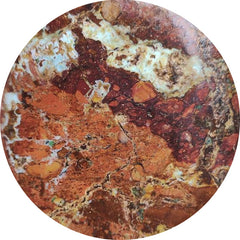 Zarinite (0)
Zarinite (0)
 Zebra jasper (1)
Zebra jasper (1)
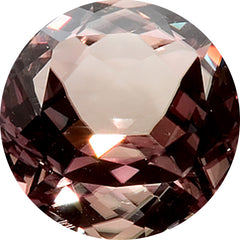 Zultanite (4)
Zultanite (4)
























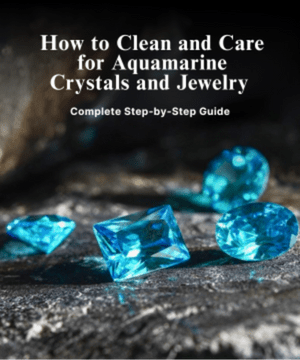



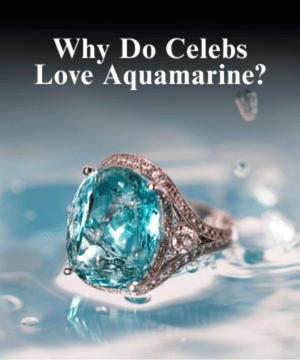
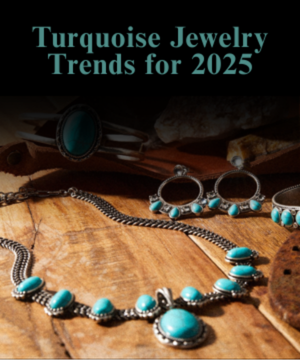

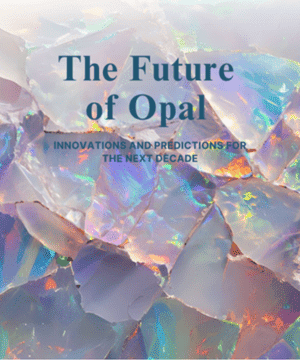
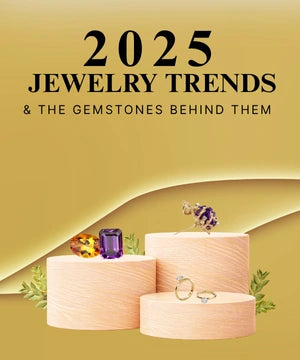


Leave a Comment